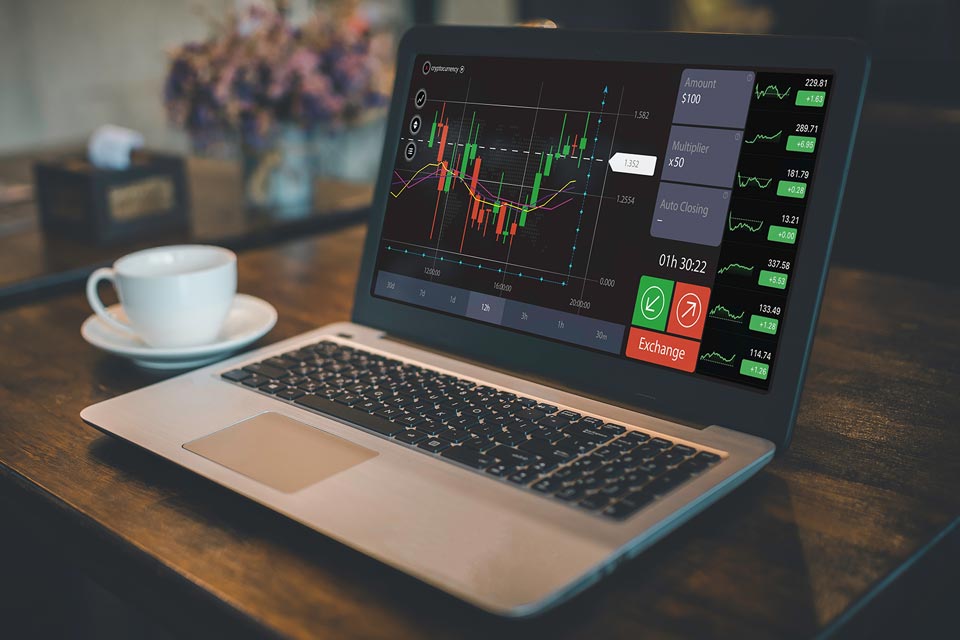Market Orders vs. Limit Orders: Choosing the Right Strategy
The fundamental difference between market orders and limit orders lies in execution priority versus price control. Market orders prioritize immediate execution, filling at the best available price in the current market, while limit orders prioritize price control, only executing when your specified price conditions are met.
Market orders are ideal when you need immediate execution and are less concerned about minor price variations. They're particularly useful in highly liquid markets where bid-ask spreads are narrow. However, in volatile or thinly traded markets, market orders can result in significant slippage, where the execution price differs substantially from the expected price.
Limit orders excel in situations where price precision matters more than timing. They're especially valuable during earnings announcements, market openings, or other periods of high volatility when prices can gap significantly. By using limit orders strategically, traders can avoid paying inflated prices during market euphoria or selling at depressed prices during panic selling.




